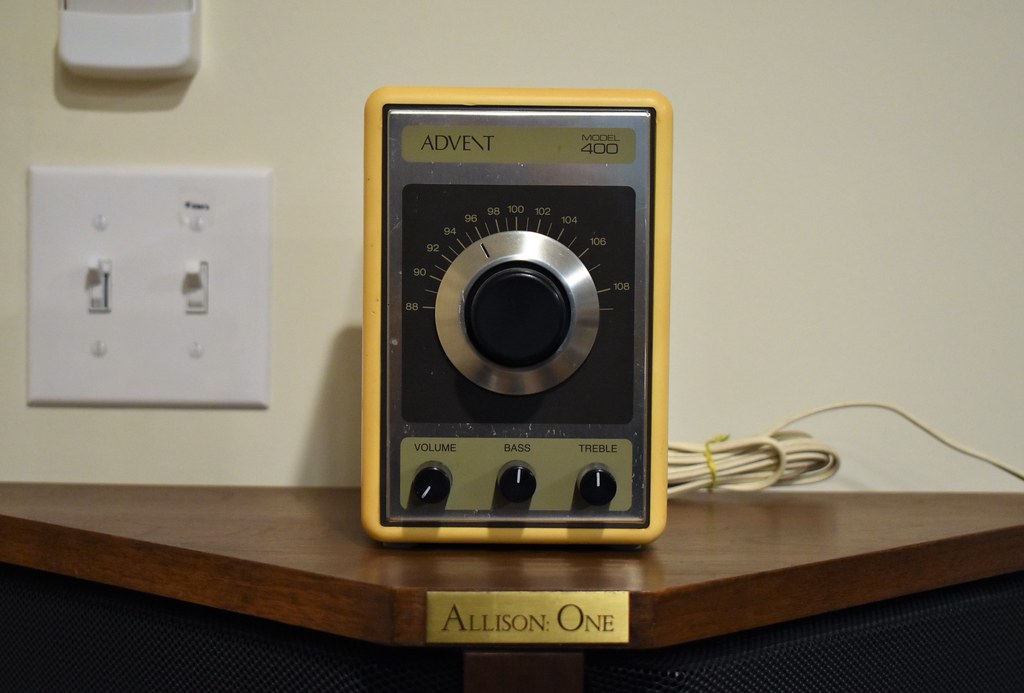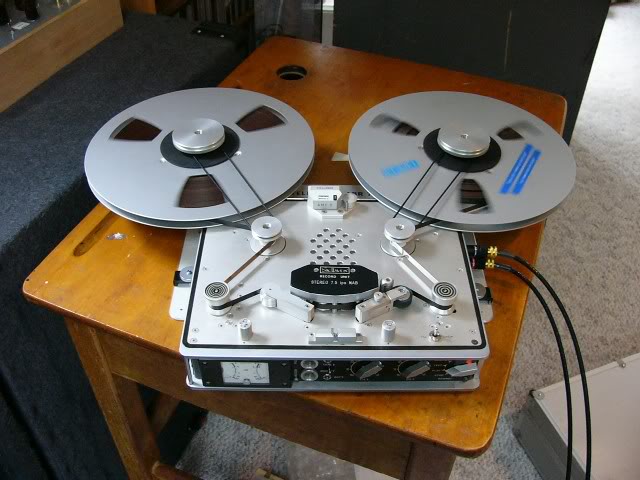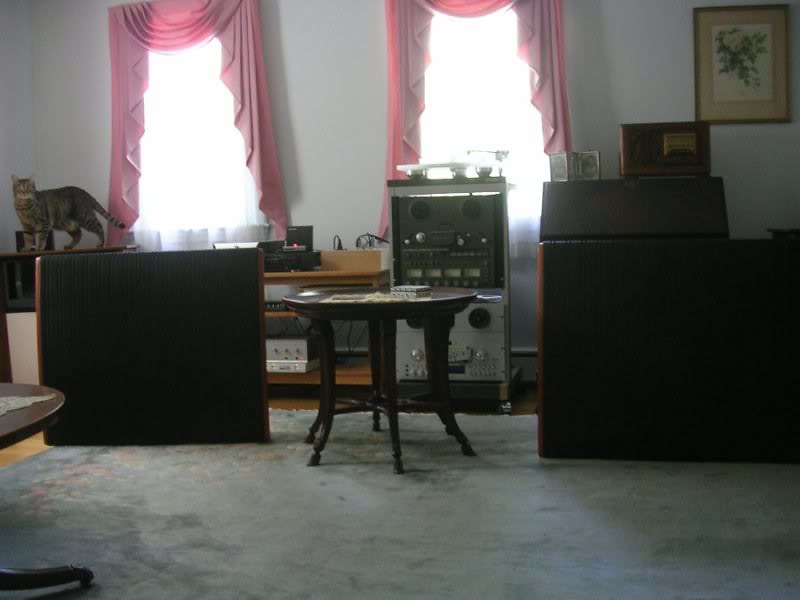Ken1951
Addicted to Fun and Learning
The fabulous Ferrari 156 "Sharknose". The originals of which were all destroyed by Enzo. Still one of the most beautiful F1 cars ever IMHO.
Base ISO on my D800 is iso100, and when it came out in 2012 it was the sensor with the 2nd lowest noise despite its small pixel size (36 MP), only beaten by the D3s (12 MP). That's why I ordered it unseen and I'm still very happy with it.Wow. They must be very noisy at high isos then. Mind you there are plenty with lower pixel count which are low noise if that is what you want.
On the Nikons base ISO is the lowest with a number, the lower isos are called L -<N> (N being the stop number, L stands for Low). So on the D800 with base iso200 iso setting L -1 is iso50. This is similar to the high isos. On the D800 standard ISO settings go til iso6400 and you can go up to H+2 for iso25600 (H for High).The settings on my high res Sony start at iso50 but I always thought the base sensitivity of the chip was iso200.
There was a time when Kodachrome was EI 25, Anscochrome was 32 and Super Anscochrome was EI 100. And the Super was marketed as an "available light, go-anywhere" film.Indeed!, I shot Kodachrome 64 and nowadays that is slower than the slowest sensors!
Yep, and ISA 25,600 looks better than a ISO 640 colour slide film corrected for indoor lighting which I used in the 80ies for taking pics during a concert. Boy, those colours were dull and the contrast so low.There was a time when Kodachrome was EI 25, Anscochrome was 32 and Super Anscochrome was EI 100. And the Super was marketed as an "available light, go-anywhere" film.
Much later on, when the first EI 1000 colour films came out, they were considered borderline witchcraft and black magic. Meanwhile these days we take ISO 25 600 for granted.
Oh the joy of using filter packs to compensate for fluorescent lamps...corrected for indoor lighting
Wowowow. I've never seen those before. Very intense!
Hell yeah.Dieter Rams.
Funny thing about the Tivoli radios -- ol' Henry was simply following in his own, fairly elegant, footsteps.
 DSC_0928 (2) by Mark Hardy, on Flickr
DSC_0928 (2) by Mark Hardy, on FlickrYeah -- as if they'd tell us.
If we're doing industrial design, how can one neglect to include this…
View attachment 89980
…where beauty and functional engineering silently collide
 stella by Mark Hardy, on Flickr
stella by Mark Hardy, on FlickrYeah -- but you forgot something!
 quadsnvinyl0609 (1) by Mark Hardy, on Flickr
quadsnvinyl0609 (1) by Mark Hardy, on FlickrWow those mechanisms are lovelyWe seem to be liking complicated mechanical thingies... so how about this then?
View attachment 92839
View attachment 92840
View attachment 92841
View attachment 92842
On the subject of mechanical computers, I am particularly impressed by the Soviet "Globus" navigation instrument:

